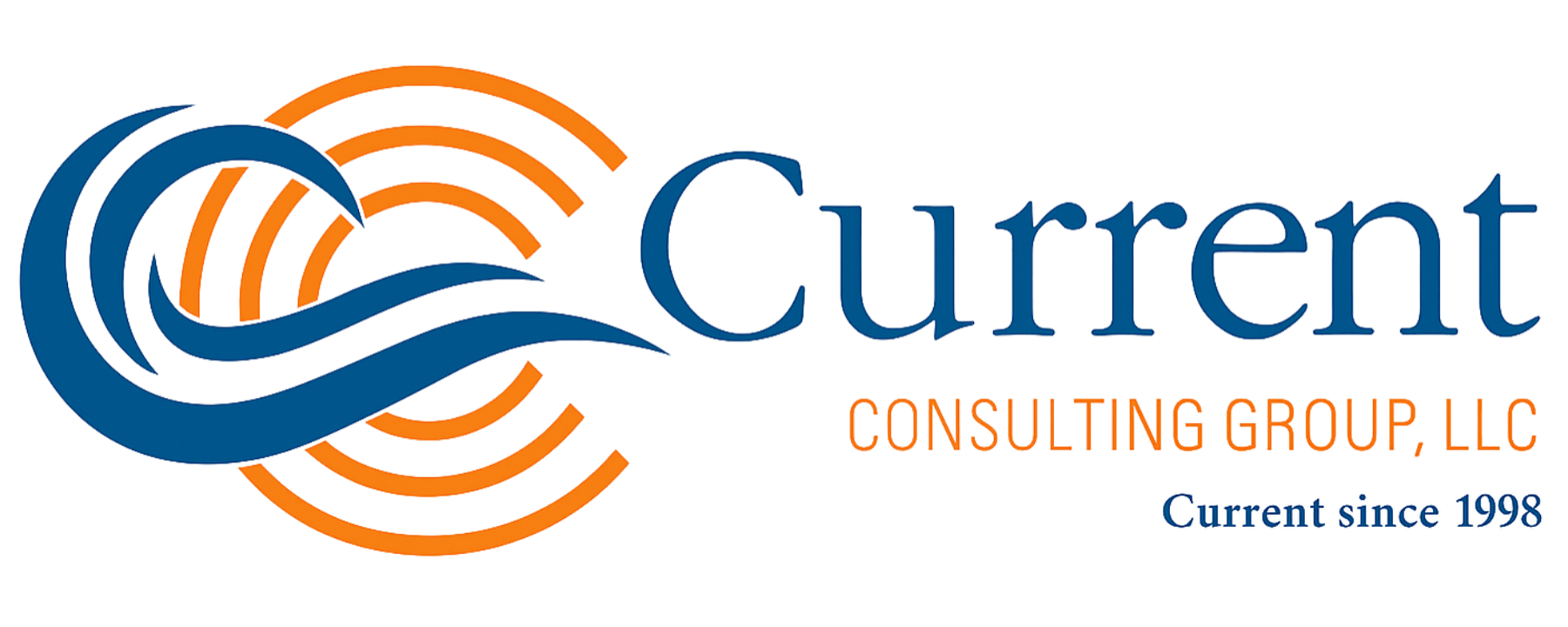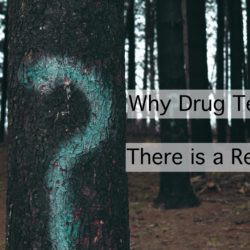This information is provided for educational purposes only. Reader retains full responsibility for the use of the information contained herein.
Federal regulations largely impact company drug testing policies. Nationwide, employers in transportation fields are often required to adhere to rules and regulations defined by the Department of Transportation (DOT). The DOT regulations have clear language regarding circumstances under which drug and alcohol testing can or should be performed. These reasons include pre-employment, random, post-accident, reasonable suspicion, follow-up, and return to duty. Knowledge of which test is applicable for each situation is critical to maintaining compliance with the DOT regulations.
Pre-employment Testing
Pre-employment testing is the most common reason for testing. All DOT-covered employees must pass a DOT drug screen prior to working in a safety-sensitive position. The most common mistake employers make when it comes to pre-employment testing is prematurely hiring an individual before the employer receives a negative drug test result. To avoid this, the simplest way to think of pre-employment testing is post-offer, pre-hire. In other words, an individual’s employment is contingent on the prospective employer receiving a negative result. Employers who put employees to work in a safety-sensitive position prior to receiving a negative result are considered non-compliant.
Random Testing
Random testing is another staple for any DOT drug testing program. With random testing, there are a few key things an employer should consider. First, all participants in a random pool must have an equal chance of selection at any time. If an individual is selected for a random test in the first quarter, they must not be excluded from the pool of employees for the second, third, or fourth quarter random selection. Random selection rates are dictated independently by the agencies that fall under DOT, such as the Federal Motor Carrier Safety Administration (FMCSA), the Federal Railroad Administration (FRA), the Federal Aviation Administration (FAA), the Pipeline & Hazardous Materials Safety Administration (PHMSA) and the Federal Transit Administration (FTA). Next, random selections are completed using DOT-approved methodology. Contrary to what some believe, names are not drawn out of a hat, or selected by biased management. If a company is not using DOT-approved random selection software, it is not a true random selection, and they are not compliant with DOT regulations.
Post-accident Testing
Post-accident testing follows an accident as defined by the applicable DOT agency. Depending on the severity of the accident, DOT testing may not apply. Each DOT agency clearly defines what an accident is under their respective sections in the regulations. Often, companies will have policies dictating when non-DOT drug testing policies may be utilized to ensure impairment was not the cause of the accident, even if the accident does not qualify for testing at the DOT level. Regardless of the classification, the key thing for employers to remember with post-accident testing is to have the test completed as soon as possible. Additionally, any employee subject to post-accident testing should be escorted to the collection site. This is usually handled by a manager on duty or another employee in a supervisory role.
Reasonable Suspicion Testing
Reasonable suspicion testing is used when an employee is believed to be under the influence of a substance or impaired by a substance. Similar to other reasons for testing, DOT agencies may have different criteria for implementing this form of testing. For example, the FAA requires two supervisors of the employee, one of whom has completed signs and symptom training, to substantiate and concur in the decision to test the employee who is reasonably suspected of drug or alcohol use. The FMCSA differs because only one supervisor is necessary to make this determination. As with post-accident testing, some companies may develop a non-DOT protocol for reasonable suspicion testing should they not meet the criteria outlined by the DOT. This test should also be carried out as soon as possible and the employee should be escorted to the collection site.
Return to Duty and Follow-up Testing
Return to duty and follow-up testing occur only after a violation has taken place. Once an employee in a safety-sensitive position has failed or refused a drug screen, the only way they can return to safety-sensitive work, as defined by the DOT, is to complete an evaluation with a Substance Abuse Professional (SAP). The SAP’s responsibility is to evaluate the employee who violated a DOT policy, determine an appropriate rehabilitation program for the employee, and establish the frequency and duration of a follow-up testing program. Once the employee has completed the prescribed rehabilitation program, they must pass a return to duty test before performing safety-sensitive functions again and successfully complete follow-up tests for an appropriate period of time as determined by the SAP. The important thing for an employer to remember is that this type of testing is only used following a violation. If an employee is returning to work after an extended absence but no violation was committed, this would require a new pre-employment test.
Conclusion
It is safe to say that the DOT regulations clearly outline the reasons that an employer may test, but it is also important to understand that a non-DOT drug testing policy can define numerous other reasons that an employee may be required to test. DOT regulations will always come before a company’s non-DOT policy; however, an employee may be covered under both a DOT and non-DOT testing policy. This helps to fully protect an employer from potential substance abusers in the workplace.
It is also worth noting that some state drug testing laws require employers to adhere to federal government drug testing procedures, sometimes referred to in a law as the “DOT” regulations, even if they are not mandated to comply with any federal drug testing regulations. In essence, 49 CFR part 40 of the federal regulations, where the DOT drug and alcohol testing procedures can be found, have become a de facto gold standard for lab-based drug testing.



